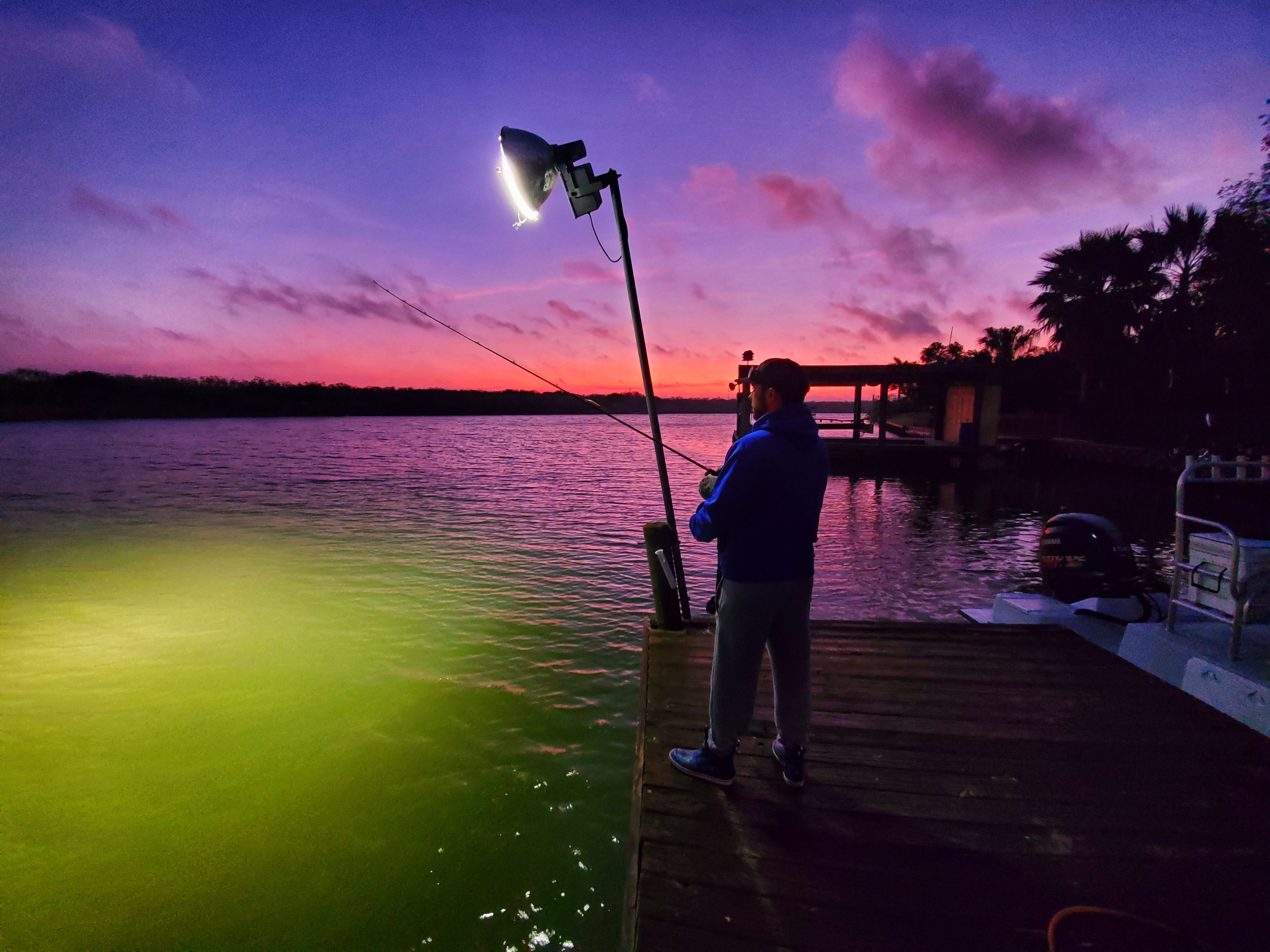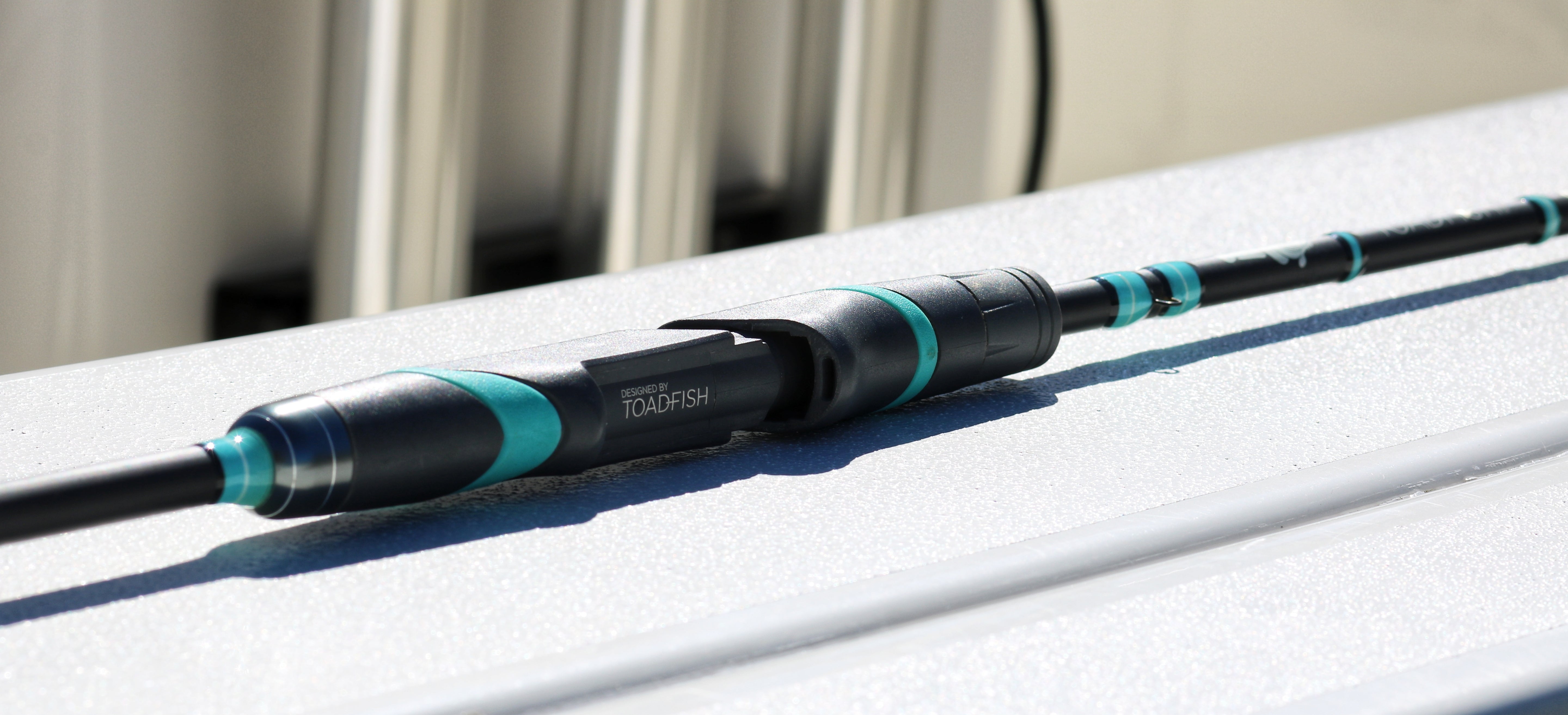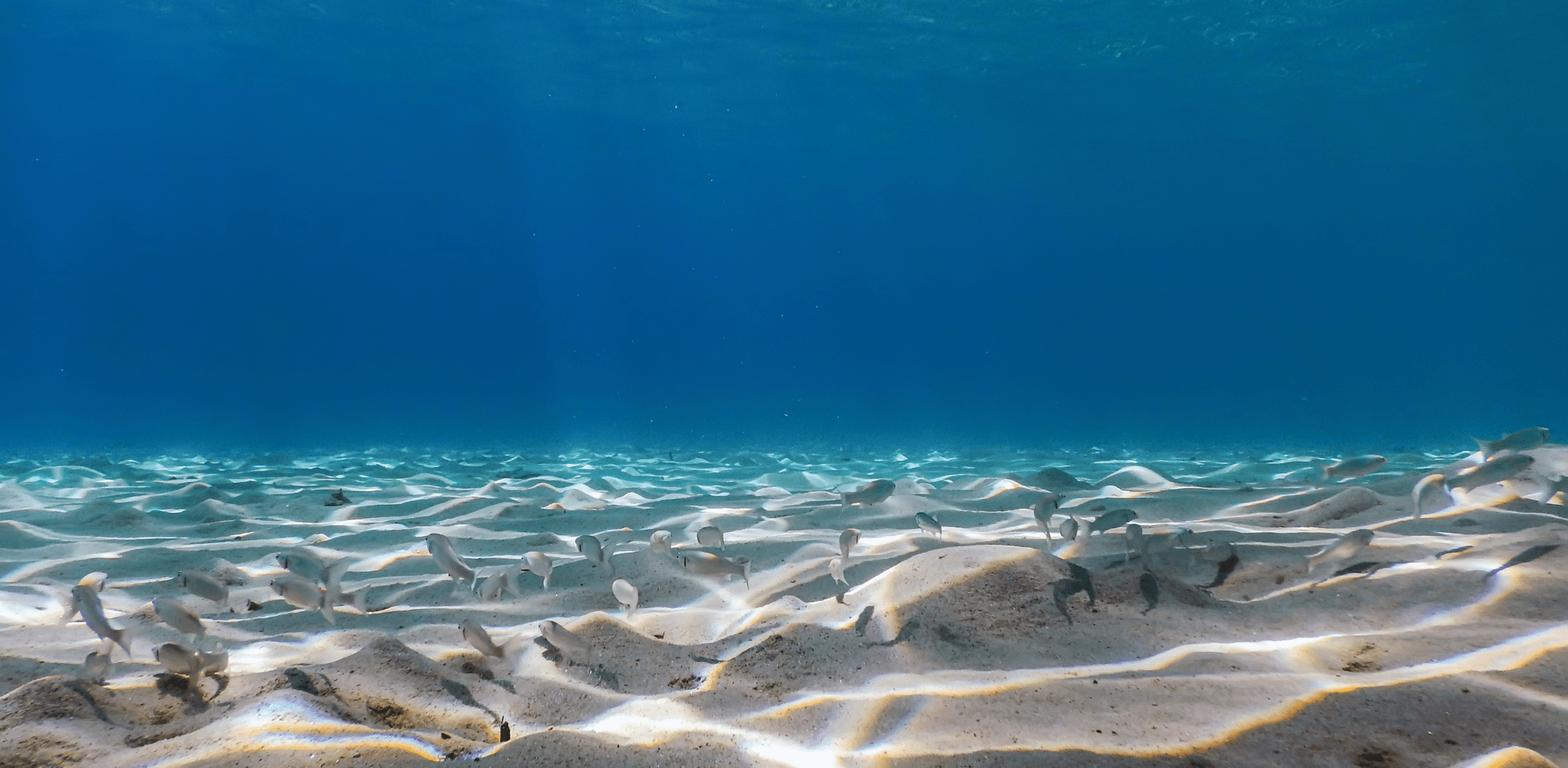KOKANEE SALMON – How to Catch Them
Many anglers have never heard of the kokanee salmon or have had the pleasure of catching one. However, those lucky enough to find one on the other end of their line will likely remember the experience for a lifetime.

What is kokanee?
Kokanee salmon are the landlocked version of the sockeye salmon. They spend their adult lives in landlocked in cold-water lakes; after 3 to 5 years, adults migrate into nearby streams to spawn and the fry return to the lake to repeat the process. They are most common in British Columbia and the Northwestern United States but have been introduced in both the Midwest and New England areas as well. The average kokanee salmon only reaches between 1 & 5 pounds, making them a favorite for light tackle anglers. Although they will feed on small freshwater shrimp and krill, their primary source of nutrition is zooplankton.
Catching Kokanee
There are two main methods for finding kokanee; trolling and drifting live bait. Because they typically inhabit the deeper parts of the lake, where the zooplankton is more plentiful, a boat is almost always needed.
- Trolling – this is by far the most popular method of finding and targeting kokanee as it allows the angler to cover large areas when searching for schools of fish. Downriggers help get the bait or lure down to the fish; they are often in depths of 40 ft or more. When trolling, you need to remember that kokanee will often strike more out of frustration than hunger. Move slowly to keep the bait or lure in the strike zone longer. Add erratic changes in direction to increase the action needed to entice a hit.
- Live bait – another tactic, which is growing in popularity, is to find the school and drop live shrimp right into it. The first hurdle is finding the school. Since they do travel in large schools, fish finders can be very helpful. Once you locate a school, anchor, above or in front of it, rig live bait and drop right into the middle of the hungry fish. Some anglers have improved success by adding color. Most often, bright red is the primary color to spice up live shrimp, which makes it easier for the fish to detect in deeper, darker water.

What you will need
Targeting kokanee does not require any special gear. Chances are you already have most, if not all, of what you will need from your pursuit of other species.
Trolling
7' to 8' Medium Light or Light Action Rod
Level wind reel spooled in 4-8 LB test
Downriggers – 4 to 8 LBS
Favorite lure
Tips - Remember that rainbow trout, or other similarly sized trout depending on where you fish, feed on kokanee. Do not select lures that are too big or resemble species that may be a natural predator as it will scare the school away. Many anglers find tipping the lure with scented corn improves the catch rate.
Live Bait
Ultra-light or light rod
1000 series spinning rod spooled in 1to 6 LB test. You can substitute 10 LB braided line for 4 LB monofilament.
Fish Finder
Bait – favorites are dyed shrimp or krill
Rigging live bait – use a three-way swivel with one eye tied to the mainline, second to the leader with hook and third with weight on short leader. You do not need the rig to sit on the bottom, but you must use enough weight to get the bait deep enough to reach the trout. Once the bait is in the strike zone, it is almost like live lining.
Kokanee Recommended Lure
Dozens of effective lures will catch plenty of Kokanee salmon. Still, I am only going to list a couple of the super-productive artificial baits that will help you boat more fish.
Pro-Troll Kokanee Killer - Make for a deadly bait that has proven productive over the years. The spoon style lure gives off superb vibration and action while allowing the angler to add corn to the trailer hooks for an even more enticing presentation. You can slow troll or cast them. Chartreuse, silver, and pink are always good "go-to" colors.
Mini Mag-Head Hoochie - Looking for a bladed bait that has a wicked flashy skirt? Look no further than the hoochie. This bait provides everything you need to entice a bite. Tie your leader short for more action and add a flasher or dodger to seal the deal. Practical but straightforward and cost-effective.
Compared to its cousin, the sockeye salmon, the kokanee is tiny. But what the fish lacks in weight, it more than makes up for in attitude. Many anglers consider it one of the hardest fighting trout, pound for pound in North America. Add that you will be using light tackle at extreme depths, and you can rest assured you will be more than pleased with this unknown underdog.





